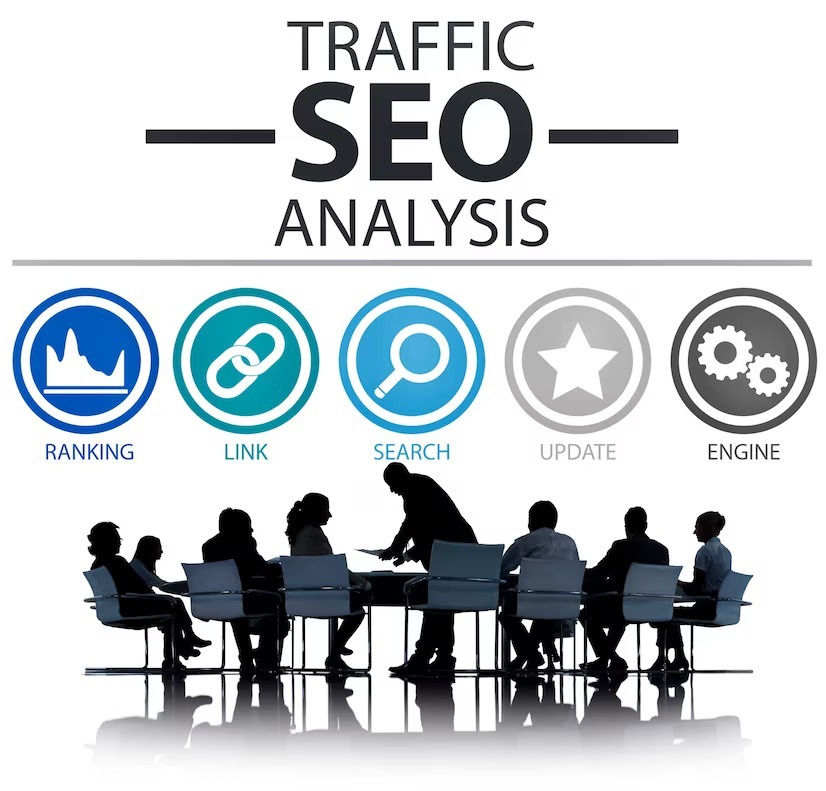Industrial Training in SEO
Best SEO Course in Mohali
An SEO (Search Engine Optimization) tool is a piece of software or an online platform made to help website owners, digital marketers, and SEO professionals improve the content and structure of their websites in order to improve their visibility and rank in search engines. Keyword research, on-page optimization, technical SEO audit, backlink analysis, competitor analysis, and performance tracking are just a few of the features and benefits of SEO tools.
These tools enable digital marketers and website owners to identify and address issues that may be affecting their website’s visibility in search engines, enhance the user experience, and increase organic traffic.
SEO tools come in many different varieties, from free to paid, simple to complex, depending on the user’s requirements and budget.

Search Engine Optimization Process
SEO stands for search engine optimization, the process by which marketers attempt to get more visibility for their website in search engine results pages on Google, Bing, Yahoo, DuckDuckGo, and other search engines.
1. Introduction To SEO (Understanding the Basics of SEO)
SEO is totally unique in relation to web crawler (paid) publicizing. With paid promoting, you’re paying web search tools like Google to show your site on the query item page. All things considered, with Web optimization, you’re advancing your site for google search, so it naturally appears on the main page of the output.
2. Technical SEO
Technical SEO centers around streamlining the specialized parts of your site to work on its exhibition and web search tool crawlability. Technical SEO is tied in with streamlining your site’s framework so that web search tool crawlers can undoubtedly access and file your site.
3. Keyword Research
SEO keyword research is the most common way of identifying what words and expressions individuals type in when they are attempting to find data about a particular subject on the web. Watchword research is tied in with investigating and understanding how individuals use language on the web.
4. Content Planning and Creation
An SEO plan is the guide by which you pursue making acquires in the web crawler rankings. However, it includes something other than adding a couple of the right watchwords to your site; it’s honing the data design, building backlinks, upgrading on-page Search engine optimization and that’s just the beginning.
5. On-Page SEO
On-page SEO (also called on-site SEO) is the method involved with advancing your website page content for search engines and users. Normal errands related with on-page Web optimization incorporate streamlining forsearch intent, title tags, internal links, and URLs.
6. Off-page SEO
Off-page SEO incorporates exercises done off of a site with an end goal to expand the website’s web search tool rankings. These methods, notwithstanding, occur beyond your webpage and include drawing in joins from different sites, shares via online entertainment, and notices across the web.
7. Avoid Negative SEO
Negative SEO (or black hat SEO) is a bunch of malignant procedures that can hurt the perceivability of your site in Google Search. It is generally utilized by contenders who are attempting to accomplish elevated places for similar catchphrases.
8. Ecommerce SEO
Ecommerce SEO is the act of working on natural rankings for online stores. Normal assignments related with web based business Search engine optimization incorporate advancing item and classification pages, fixing site design issues, and third party referencing.
